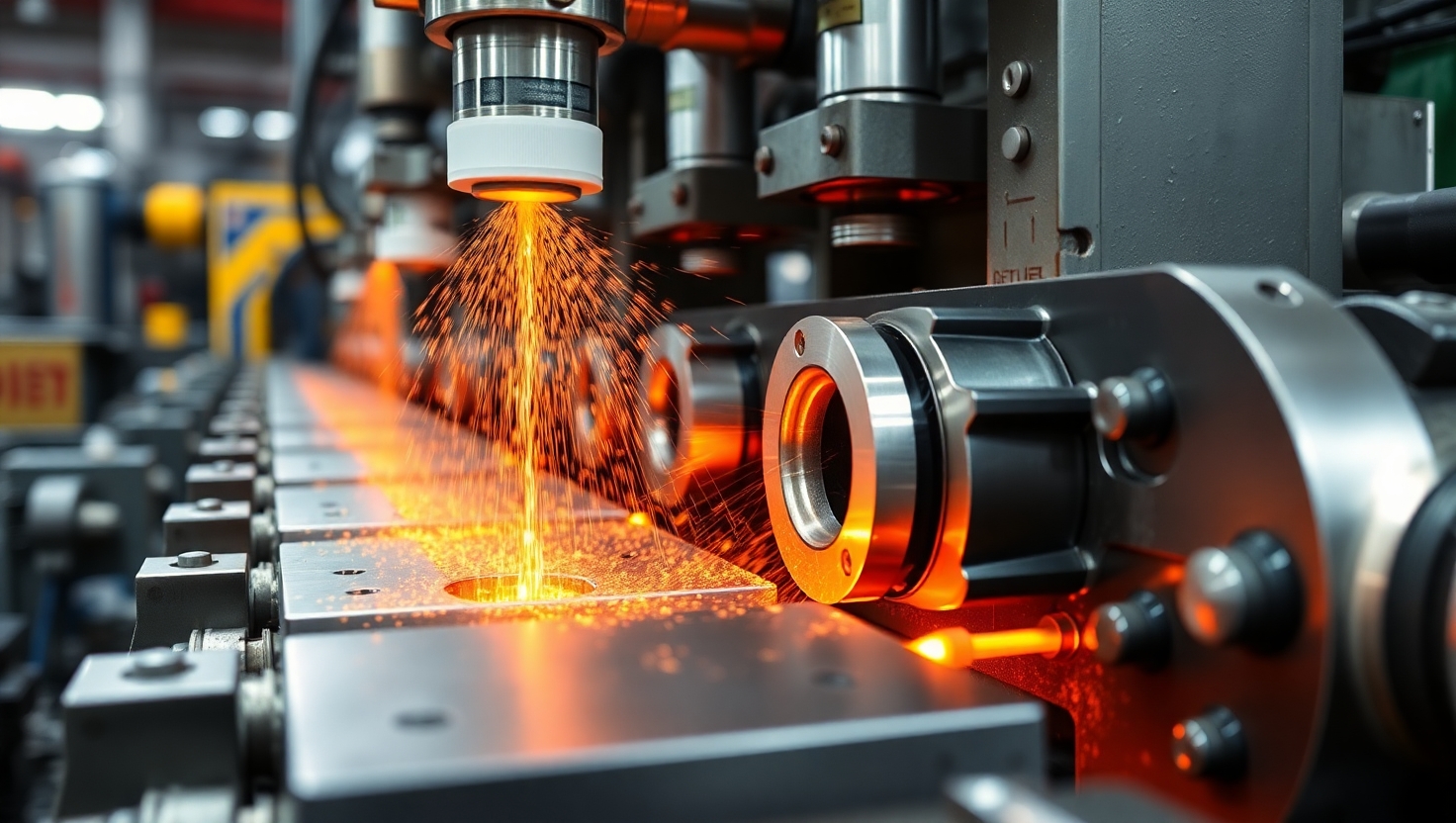Role of Lubrication in Aluminium Extrusion: What You Need to Know
Published by: ALUTimes | Date: July 15, 2025
Introduction
Lubrication plays a critical role in the aluminium extrusion process, directly impacting product quality, tool life, energy efficiency, and overall production costs. Whether you’re running a small-scale press or a fully automated industrial operation, understanding the importance and implementation of lubrication can make or break your extrusion efficiency.
Why Lubrication Matters in Aluminium Extrusion
During extrusion, aluminium billets are forced through dies at high pressure and temperature. This intense mechanical interaction generates significant friction and heat. Lubricants help by:
- Reducing friction between the billet and container
- Minimizing wear on dies and tooling surfaces
- Improving surface finish of extruded profiles
- Lowering operating temperatures and energy use
- Preventing billet sticking and metal pickup on dies
Types of Lubricants Used in Aluminium Extrusion
1. Graphite-Based Lubricants
Graphite is widely used due to its high-temperature tolerance and excellent lubricating properties. However, it can leave residue and create environmental concerns.
2. Synthetic and Semi-Synthetic Lubricants
These are cleaner alternatives to graphite, often water-based and engineered for specific temperature and pressure conditions. They reduce buildup on dies and are easier to clean.
3. Die Coatings and Surface Treatments
In some advanced setups, dies are treated with coatings (e.g., nitriding, ceramic) that minimize the need for conventional lubricants.
Where and How Lubrication Is Applied
- Billet Surface: Sprayed or rolled-on lubricants help prevent sticking during billet heating and extrusion.
- Die Face: Thin layers of lubricant are applied before each cycle to extend die life and improve flow.
- Container and Dummy Block: Lubricants reduce wear and metal pickup in high-friction zones.
Application methods include automated spray systems, manual brushing, rollers, and electrostatic coatings.
Benefits of Proper Lubrication
- Enhanced die life by reducing wear and galling
- Higher extrusion speeds and production efficiency
- Better dimensional accuracy and surface finish
- Reduced scrap rate and downtime
- Improved energy efficiency and cost savings
Common Lubrication Challenges
Despite its benefits, improper lubrication can lead to several issues:
- Over-lubrication: Can cause residue buildup and profile contamination
- Under-lubrication: Results in increased friction, wear, and metal pickup
- Inconsistent application: Leads to uneven profile quality and die damage
Best Practices for Effective Lubrication
- Use lubricants recommended by press or die manufacturers
- Automate lubrication systems for consistent application
- Regularly clean dies and tools to prevent buildup
- Train operators on proper lubricant use and safety
- Monitor friction, temperature, and profile quality
Case Study: Lubrication’s Role in Improving Production
A mid-size extrusion plant in Gujarat implemented a switch from graphite to water-based synthetic lubricants. The result:
- 30% increase in die life
- 15% reduction in scrap due to profile defects
- Improved working conditions and environmental compliance
Future Trends in Lubrication
With sustainability and automation at the forefront, the extrusion industry is moving towards:
- Eco-friendly, biodegradable lubricants
- Predictive maintenance using AI sensors
- Self-lubricating die coatings
- Fully automated spray systems with dosage control
Conclusion
Lubrication may seem like a minor component of aluminium extrusion, but its impact is far-reaching. From reducing defects to extending tool life and saving energy, proper lubrication is essential for modern, high-efficiency operations. As technology and materials improve, the future of extrusion lubrication looks cleaner, smarter, and more sustainable.
Disclaimer
This article is provided for informational purposes only by ALUTimes. Always follow your equipment manufacturer’s guidelines and safety protocols when applying industrial lubricants.

